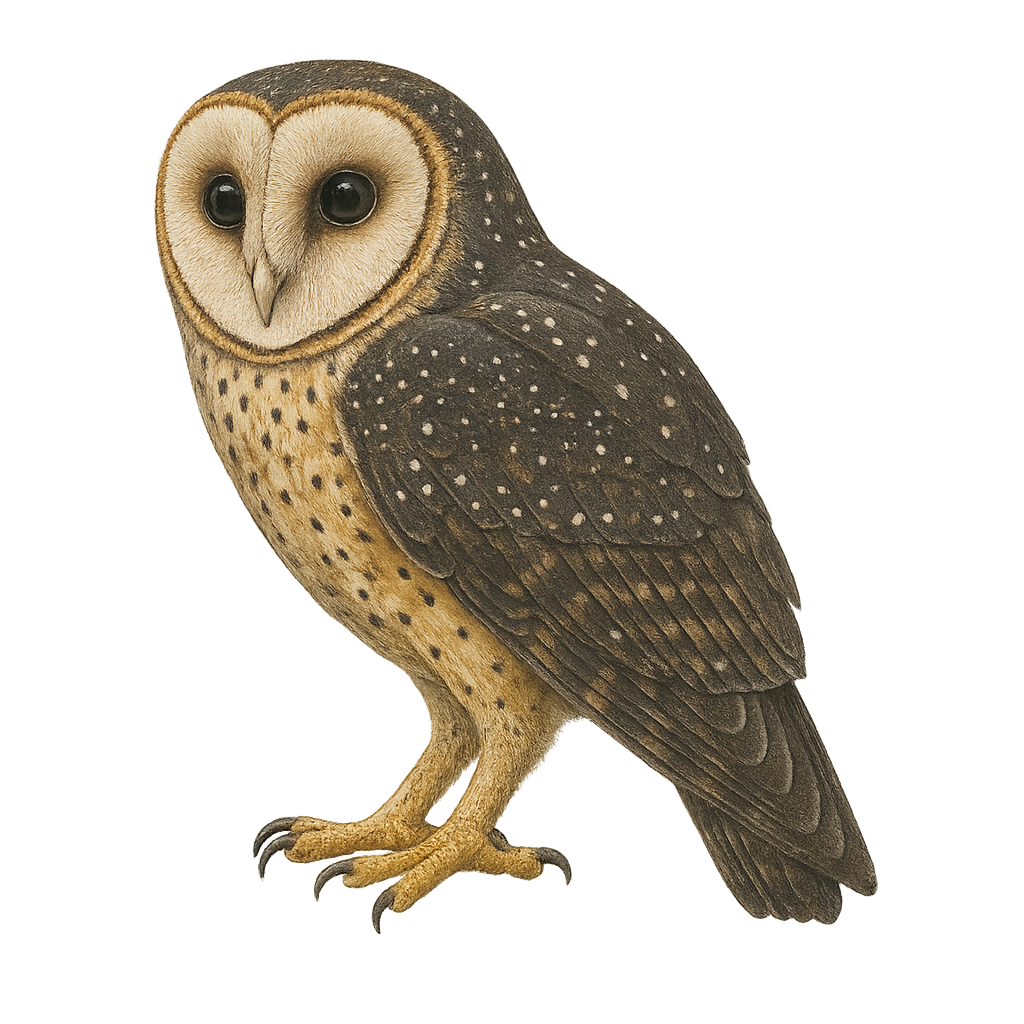Your wildlife photography guide.
Explore the masked owl in detail, study its behavior, prepare your shots.
Where to observe and photograph the masked owl in the wild
Learn where and when to spot the masked owl in the wild, how to identify the species based on distinctive features, and what natural environments it inhabits. The WildlifePhotographer app offers tailored photography tips that reflect the masked owl’s behavior, helping you capture better wildlife images. Explore the full species profile for key information including description, habitat, active periods, and approach techniques.
Masked Owl
Scientific name: Tyto novaehollandiae

IUCN Status: Least Concern
Family: TYTONIDAE
Group: Birds
Sensitivity to human approach: Suspicious
Minimum approach distance: 10 m
Courtship display: June to October
Incubation: 34-36 jours
Hatchings: July to December
Habitat:
forests, open woodlands, agricultural areas
Activity period :
Mainly active at night, generally discreet during the day.
Identification and description:
The Masked Owl, or Tyto novaehollandiae, is a medium-sized nocturnal bird of prey native to Australia and some surrounding islands. It is characterized by its heart-shaped facial disc, often white or cream, bordered by a dark edge. Its plumage is generally brown with white spots, allowing it to blend effectively into its natural habitat. It primarily inhabits forests, open woodlands, and agricultural areas but can also be found in urban zones. A nocturnal hunter, it feeds mainly on small mammals, birds, and insects. Although its conservation status is concerning in some areas, it remains relatively widespread.
Recommended lens:
400 mm – adjust based on distance, desired framing (portrait or habitat), and approach conditions.
Photography tips:
To photograph the Masked Owl, focus on twilight or nighttime hours, as it is primarily active at night. Use a 400mm lens or longer to capture details without disturbing the bird. Patience is key; wait in a quiet, discreet location. Bring a tripod to stabilize your camera for low-light shots. If possible, use a remote shutter release to avoid vibrations. Be attentive to subtle sounds and movements to spot the bird.
The WildlifePhotographer App is coming soon!
Be the first to explore the best nature spots, track rutting seasons, log your observations, and observe more wildlife.
Already 1 432 wildlife lovers subscribed worldwide

